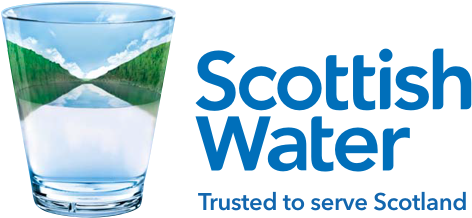Stewarton Sewer Flooding Investment Projects


We’re carrying out research related to this project, to understand your experiences during the time the works took place. This will help us improve our service.
It won’t take more than 10 mins to complete and will be open until 20 July.
Visit our webpage to find out more and complete this survey.
Project Overview
Multiple investments for Stewarton's waste water infrastructure will be delivered, with works beginning on site over two years from October 2024.
The works will help alleviate sewer flooding, improve waste water services for customers and help protect the local environment.
We are taking a holistic approach to all investments in the town, looking at them collectively so that we can share resources and minimise disruption where possible.
At a Glance
- Around £16.5m total investment
- Tackle sewer flooding
- Improve local environment
- Part of £500million Improving Urban Waters Routemap

Under Water
There is a history of flooding in parts of Stewarton
Community Engagement
In September 2024 we held another drop-in event to update the local community on the Barbours Park project and the other planned investments.
Members of the community were able to find out about our proposed investment projects for Stewarton and why they are needed. They also met the teams who will deliver the works.

An information event was held in the town

The various project teams were able to answer questions
Further Information
You can find the information from the community event by clicking the button below
More InformationWhat We Are Doing
We are upgrading sewer infrastructure at various locations in the town:
- Barbours Park Combined Sewer Overflow (CSO) – we are relocating a CSO and building a new storm tank to create greater capacity in the sewer network
- David Dale Combined Sewer Overflow (CSO) – we will be installing a brand new CSO
- High Street Combined Sewer Overflow (CSO) replacement – we are replacing and upgrading the existing CSO
- Kirkford Bridge – we are updating an existing CSO and associated pipework
Why We Are Doing It
There has been a history of sewer flooding in the town and the improvements will help address sewer flooding and the distress and upset it causes. The projects have been designed to:
- Alleviate flooding in Stewarton
- Significantly reduce sewer-related debris in the environment
- Reduce discharges from the sewer network
- Provide us with more reliable monitoring and reporting data










